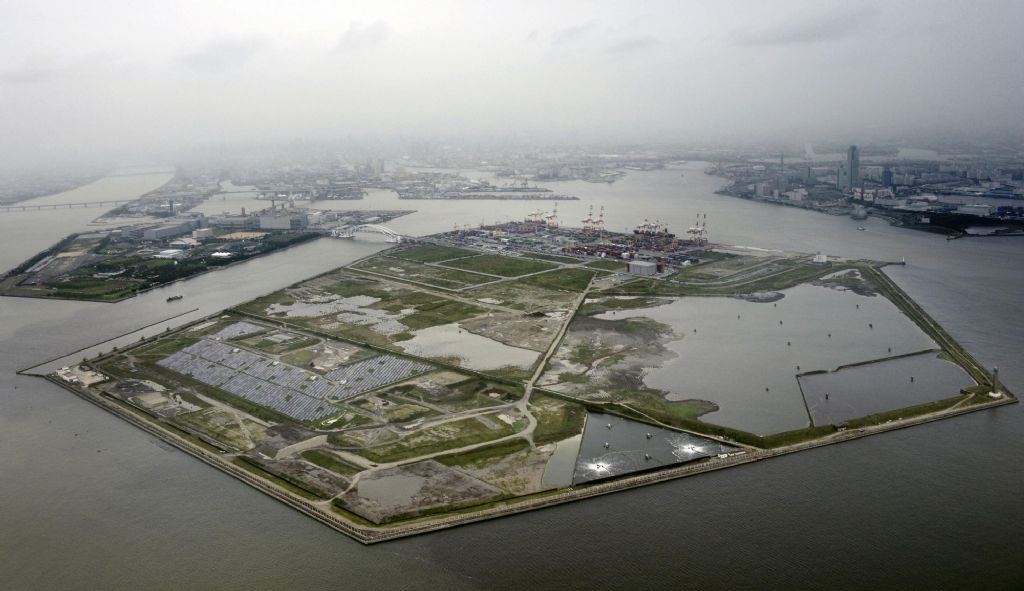Call for Japan to Create “Osaka Strip” of Integrated Resorts
Posted on: April 14, 2017, 05:00h.
Last updated on: April 14, 2017, 12:01h.
Japan may have passed its Integrated Resorts Bill, paving the way for legalized casinos in the country, but the shape the future market will take remains unknown.

The country’s politicians are currently in the process of creating a framework of regulation for the casinos, but exactly how many will be authorized, and their locations, remain unclear.
A new study by gaming industry consultancy group Global Market Advisors (GMA), believes Japan needs to maximize the economic potential of the future market by creating a bona fide tourism destination, in the mold of the Las Vegas Strip or Cotai Strip. That means authorizing a cluster of resorts in one location.
Yumeshima Transformation
GMA recommends permitting three properties to be built on Osaka’s Yumeshima Island, thus transforming what is essentially a reclaimed landfill site into a world class gaming destination.
“Developing the Osaka site, with multiple operators on the ‘Osaka Strip,’ would create critical mass and a true tourist destination,” said Steve Gallaway, Managing Partner for Global Market Advisors. “This would compete with Las Vegas, Macau, and Singapore in generating nearly $11 billion [by 2025] from that district alone.”
Further, an Osaka Strip in combination with more domestically focused sites in Tokyo, Sasebo, Sendai, Yokohama and Hokkaido would be the optimal scenario, he adds.
“Japan has the potential to be one of the largest gaming markets in the world, generating up to $24.2 billion at six different locations by 2030,” said Gallaway.
Robust Regulation Needed
Before any casinos can open on Yumeshima, though, the city would need to extend its subway system out to the island, at an estimated cost of $600 million. Osaka Mayor Hirofumi Yoshimura has assured any future casino partner that the city will stump up a “large portion” of this, but numerous casino partners spreading the costs would of course make even more sense.
Whether the Chinese VIP high rollers that Osaka dreams of attracting are accustomed to riding the subway after arriving on their private jets is another matter, which has led some to suggest that a location nearer to the airport might be more advantageous.
In the meantime, though, Brendan Bussmann, Director of Government Affairs with GMA, had the following advice for the politicians working on that framework.
“As the National Diet continues to evaluate the best structure for integrated resorts in Japan, it needs to consider the strong regulatory atmosphere that should be established,” he said.
“The Diet needs to balance that regulatory structure with the desire of an operator to build an iconic facility that is representative of a specific site to maximize gaming and non-gaming revenue.”
The Japanese government plans to submit its new bill during a possible extraordinary session of the parliament this fall.
No comments yet